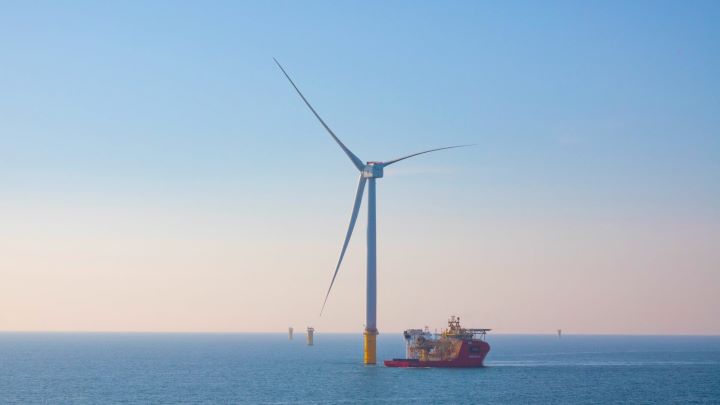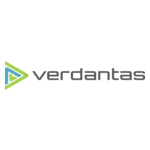Hertz Lithium Inc. (the “Company”) (CSE: HZ; OTCQB: HZLIF; FSE: QE2) is pleased to announce that it has entered into a license agreement (the “License Agreement”) with the Penn State Research Foundation (the “PSRF”).
Pursuant to the License Agreement, the PSRF has granted the Company a royalty-bearing exclusive license (the “Patent Rights License”) to the PSRF’s novel patent-pending process for extraction of lithium from hard rock sources (the “Technology”)[1]. Further, pursuant to the License Agreement the PSRF has granted the Company a royalty-bearing license to certain know-how (the “Know-How”) necessary to derive the benefits of the Patent Rights (the “Know-How License” and together with the Patent Rights License, the “Licenses”). The Company maintains the right to sublicense the Licenses under the License Agreement to third parties.
The Technology comprises a patent-pending process for the extraction of lithium from hard rock lithium sources. Lithium is one of the critical elements with widespread applications in next-generation technologies, including energy storage, electric mobility and cordless devices.[2] Due to its unique applications, lithium cannot be substituted in most applications; therefore, a steady increase of 8-11% in annual demand is anticipated.[3] Meeting a rising demand for lithium requires prospecting and processing all viable resources. Two primary sources of lithium are hard rock ores (e.g., spodumene mineral) and brine, with clay sources considered secondary. Spodumene mineral is the major source of high-purity lithium; however, current technologies do not allow leaching of lithium from alpha-spodumene, and therefore most of the methods of lithium extraction from spodumene are focused on modifying the crystal structure of concentrated spodumene mineral into beta-spodumene using conventional heating (roasting) at 950-1100 degrees Celsius. However, such high-temperature roasting processes are very energy intensive and have been the bottleneck of the economic extraction of lithium from ores. Thus, there is a need for more energy-efficient and environmentally friendly methods for a high-yield extraction of lithium. The Technology is designed to satisfy these needs [4]-[5].
The Technology begins with taking spodumene concentrate, introducing sodium hydroxide, and then proceeding with conventional or microwave roasting which transforms the alpha-spodumene into a soluble phase. Next, the water leaching is currently used to recover up to 95% of the water-soluble lithium.
“Lithium has become a commodity of our generation and many new lithium deposits are being defined and put into production to meet the demand for lithium minerals to power electric vehicles, cell phones and many modern instruments. The need for updated, efficient and environmentally friendly lithium extraction technologies is urgent and at Hertz Lithium, we are excited to have executed the license agreement with Penn State University (College of Earth and Mineral Sciences),” states Kal Malhi, CEO & Director of Hertz Lithium. Mr. Malhi continues, “Owning the worldwide exclusive rights to develop and commercialize this patent-pending extraction process is a major differentiator for us in the lithium mining and exploration industry. We are in discussions with commercial lithium extraction experts and potential partners to join our team and begin the next phase of development towards a pilot plant stage demonstration of this technology. We will be laser-focused on developing industry partnerships to advance this technology in 2024 and will be providing ongoing regular updates on our progress in the weeks and months ahead.”
About Hertz Lithium Inc.
The Company is a British Columbia-based mineral exploration company primarily engaged in the acquisition and exploration of mineral properties. The Company’s lithium exploration projects include the Lucky Mica Project, which is located along the Arizona Pegmatite Belt in the Maricopa County of Arizona, USA and the Patriota Lithium Project, located along the Eastern Brazilian Pegmatite Province, in Brazil and the district scale AC/DC Lithium Project and Snake Lithium Project, both located in James Bay, Quebec.
For further information, please contact Mr. Kal Malhi or view the Company’s filings at www.sedarplus.com.
On Behalf of the Board of Directors
Kal Malhi
Chief Executive Officer and Director
Phone: 604-805-4602
Email: kal@bullruncapital.ca
Neither the Canadian Securities Exchange nor its Regulation Services Provider accepts responsibility for the adequacy or accuracy of this news release.
Cautionary Statement Regarding “Forward-Looking” Information
This news release includes certain statements that may be deemed “forward-looking statements”. All statements in this new release, other than statements of historical facts, that address events or developments that the Company expects to occur, are forward-looking statements. Forward-looking statements are statements that are not historical facts and are generally, but not always, identified by the words “expects”, “plans”, “anticipates”, “believes”, “intends”, “estimates”, “projects”, “potential” and similar expressions, or that events or conditions “will”, “would”, “may”, “could” or “should” occur. Although the Company believes the expectations expressed in such forward-looking statements are based on reasonable assumptions, such statements are not guarantees of future performance and actual results may differ materially from those in the forward-looking statements. Factors that could cause the actual results to differ materially from those in forward-looking statements include market prices, continued availability of capital and financing, and general economic, market or business conditions. Investors are cautioned that any such statements are not guarantees of future performance and actual results or developments may differ materially from those projected in the forward-looking statements. Forward-looking statements are based on the beliefs, estimates and opinions of the Company’s management on the date the statements are made. Except as required by applicable securities laws, the Company undertakes no obligation to update these forward-looking statements in the event that management’s beliefs, estimates or opinions, or other factors, should change.
[1] Rezaee, M., Vaziri Hassas, B., Akbari, H., Agrawal, D., and Slawecki, T. (2021). Process for Extraction of Lithium. International Patent Application Number: WO2021155224A1.
[2] Meshram, P., Pandey, B. D., & Mankhand, T R. (2014) “Extraction of lithium from primary and secondary sources by pre-treatment, leaching and separation: A comprehensive review. Hydrometallurgy,” 150, 192-208.; Martin, G., Rentsch, L., Hoeck, M, & Bertau, M (2017). “Lithium market research-global supply, future demand and price development.” Energy Storage Materials, 6, 171-179.
[3] Baylis, R, 2013, January. “Evaluating and forecasting the lithium market from a value perspective.” In Roskill presentation, 5 the Lithium Supply and Markets Conference, Las Vegas (pp. 29-31); ENTR, E (2014). “Report on Critical Raw Materials for the EU Ares” (2015), 1819503.
[4] Shihua, H., Daulet, S., Pan, J., Vaziri Hassas, B., Akbari, H., Mensah-Biney, R. Rezaee, M.*, (2022). Direct Extraction of lithium from α-spodumene by salt roasting-leaching process. ACS Sustainable Chemistry and Engineering.
[5] Rezaee, M., Shihua, H., Daulet, S., Vaziri Hassas, B., Slawecki, T. M., Agrawal, D., Akbari, H., Mensah-Biney, R. (2022). Microwave-assisted calcination of spodumene for efficient, low-cost, and environmentally friendly extraction of lithium. Powder Technology, 397, 116992.



